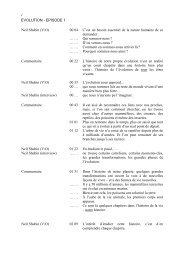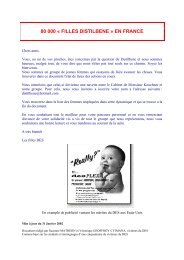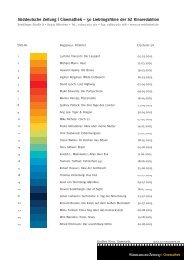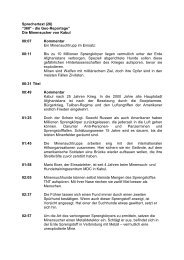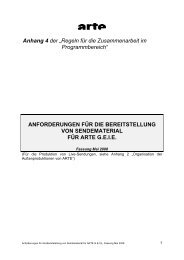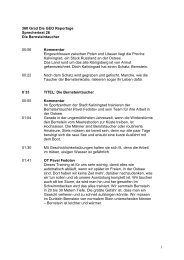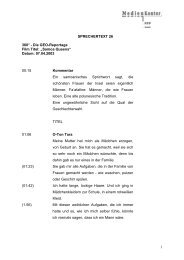POPs IN AFRICA HAZARDOUS WASTE TRADE 1980 - 2000 ... - Arte
POPs IN AFRICA HAZARDOUS WASTE TRADE 1980 - 2000 ... - Arte
POPs IN AFRICA HAZARDOUS WASTE TRADE 1980 - 2000 ... - Arte
You also want an ePaper? Increase the reach of your titles
YUMPU automatically turns print PDFs into web optimized ePapers that Google loves.
Product responsibility<br />
substances were combusted in hazardous waste incinerators,<br />
mostly in the Netherlands (AVR Rotterdam) and Great Britain<br />
(Shanks, formerly Rechem).<br />
However, waste incinerators worldwide are a significant source<br />
of <strong>POPs</strong> themselves. To facilitate safe destruction, the new <strong>POPs</strong><br />
treaty includes specific provisions for the safe disposal of<br />
obsolete stockpiles of <strong>POPs</strong> using appropriate, non-incineration<br />
destruction technologies that do not create <strong>POPs</strong>.<br />
The few countries that benefitted from the aid/development<br />
support included: Niger (1991),Uganda (1993), Madagascar<br />
(1993), Mozambique (1994), Tanzania (1995/96), Zambia<br />
(1997), Seychelles (1997) Mauritania (1997) and the Gambia<br />
(<strong>2000</strong>), and now Ethiopia (2001), as far as Africa is concerned. 3<br />
In the meantime, industry under it’s umbrella GCPF 4 has in<br />
principle recognised its product responsibility. It promised to<br />
dispose of obsolete pesticide stockpiles that can be traced to it.<br />
This is yet to be seen. At the same time, however, the world<br />
organization of pesticide producers stresses that it is not<br />
responsible for stocks already held by recipient countries or<br />
governments. 5<br />
The industry organization has stated its willingness to provide<br />
support to governments like Chad, Mozambique or Somalia with<br />
the disposal of obsolete stocks owing to difficult circumstances<br />
that these countries are facing. 6 This too, is yet to be seen .<br />
The industry has committed itself, through its umbrella<br />
organization GCPF, to bear “one quarter of the disposal costs or<br />
"$ 1 per litre/kilogram"; but according to FAO, the industry "is<br />
yet to be seen fulfilling its commitment". 7<br />
Alarmingly, the GCPF has also said that in “hunger<br />
countries like Ethiopia” obsolete pesticides should rather be<br />
sprayed over the land instead of unertaking costly retrieval<br />
actions.<br />
FAO states that as of 1999 only 5% of all obsolete pesticides<br />
identified so far have been removed from Africa. It is stated that<br />
if the present pace continues, the whole process of eliminating<br />
obsolete pesticides from Africa would take fifty years. FAO calls<br />
for a concerted international action to solve the problem more<br />
quickly.<br />
3<br />
FAO 1999, 2001, GCPF <strong>2000</strong><br />
4<br />
Global Crop Protection Federation<br />
5<br />
Global Crop Protection Federation: “Obsolete Stocks of Crop Protection Products“. GCPF Position, May 1999;<br />
www.gcpf.org<br />
6<br />
“... assistance ... on a case-by-case basis ... will be an individual company decision.” (ibid.)<br />
7<br />
A. Wodageneh interview with Greenpeace; see also: Pesticide Action Network North America PANNA:<br />
“Obsolete Pesticides - An Ongoing Dilemma“; www.chebucto.ns.ca<br />
12



